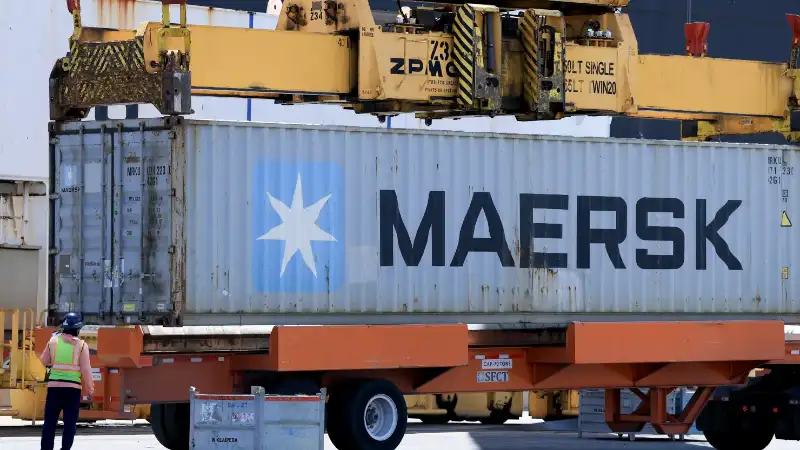A newly ratified resources agreement between the U.S. and Ukraine may mark the start of a broader geopolitical shift — one in which critical minerals become bargaining chips for security partnerships. As the U.S. seeks to reduce reliance on Chinese supply chains, Ukraine’s rich mineral reserves offer a strategic opportunity. Experts suggest more “minerals for muscle” deals may follow, though opinions remain divided on how widely replicable this model will be.
Strategic Minerals Meet Security Commitments
The U.S.-Ukraine deal, signed earlier this month and approved by Ukraine’s parliament, is designed to fast-track economic cooperation, aid postwar reconstruction, and position Ukraine as a reliable source of critical minerals such as lithium, cobalt, nickel, and rare earth elements. The agreement comes amid U.S. efforts to insulate its supply chains from Chinese dominance.
Ro Dhawan, CEO of the International Council on Mining and Metals, said the deal highlights a new diplomatic formula: access to minerals in exchange for defense or economic backing. “Give me your minerals, I’ll give you security,” he said, calling Ukraine’s agreement potentially the first of several similar partnerships.
Possibilities — and Limits — for Expansion
While Dhawan pointed to the Democratic Republic of the Congo (DRC), South Africa, and even Canada as possible future candidates for similar pacts, others were less convinced. Timothy Puko of Eurasia Group questioned the practicality of expanding the model beyond a few key cases, citing rising resource nationalism and countries’ reluctance to cede midstream mineral processing capabilities.
“Outside of Ukraine and DRC, and possibly not even DRC, no other country really wants to trade away all that midstream business,” said Puko. “The trend is the opposite — countries want to control more of their own value chain.”

Resource Nationalism Challenges Broader Adoption
Global politics around mining have shifted. Countries rich in raw materials — particularly in Latin America, Africa, and Southeast Asia — are asserting more control over their own resources. This stance complicates the U.S. goal of forging new “minerals for muscle” agreements, especially when many governments prefer to retain mineral refining and processing domestically.
China still dominates the global rare earths market, processing nearly 60% of the world’s supply. U.S. policymakers have labeled this a strategic threat, particularly as demand for battery metals and clean energy inputs surges.

Canada Pushes Back Amid Trade Tensions
While Canada remains the U.S.’s closest mineral trading partner, bilateral relations have grown strained under President Trump’s second-term trade policies. Trump’s controversial quip about making Canada the “51st state” only added to tensions.
Canadian Prime Minister Mark Carney, during a recent White House visit, bluntly told Trump that “Canada is not for sale.” Public backlash in Canada has further solidified resistance to any security-for-minerals deal.
Heather Exner-Pirot of the Macdonald-Laurier Institute said the U.S. and Canada already share deep trade and defense ties, including through NATO and NORAD, and do not require a transactional agreement. Instead, she emphasized the need for more predictability in cross-border trade rules to ensure North America can compete with China on mineral processing and supply chain resilience.

Future of Critical Minerals in U.S. Foreign Policy
Heidi Crebo-Rediker, a senior fellow at the Council on Foreign Relations, noted that Ukraine’s mineral base — if commercially viable — could eventually provide a secure stream of critical inputs for the U.S. industrial and defense sectors.
“We’re at a turning point in the way minerals are a part of the global conversation,” said Dhawan. With energy transition goals intensifying and global supply chains fracturing, the geopolitical value of raw materials is only set to grow.
The U.S.-Ukraine minerals agreement reflects more than economic strategy — it signals a new phase in resource diplomacy. While Ukraine may be a unique case, the principle of “minerals for muscle” is likely to remain part of Washington’s toolkit. Whether it can be broadly applied remains uncertain amid rising nationalism, market complexity, and evolving alliances.






